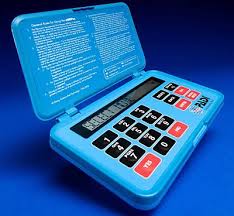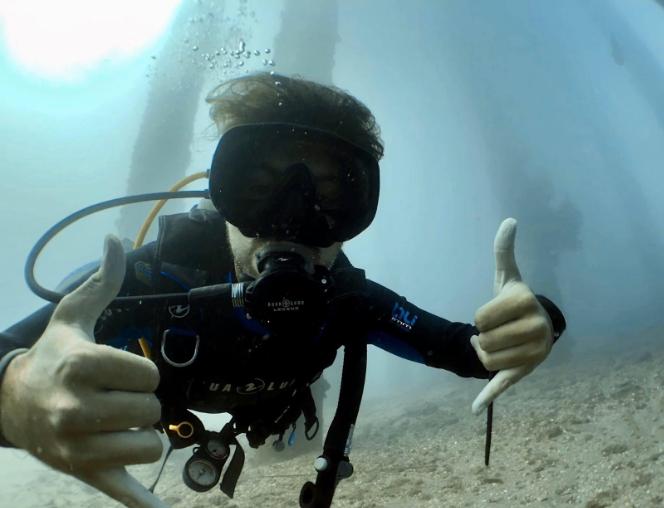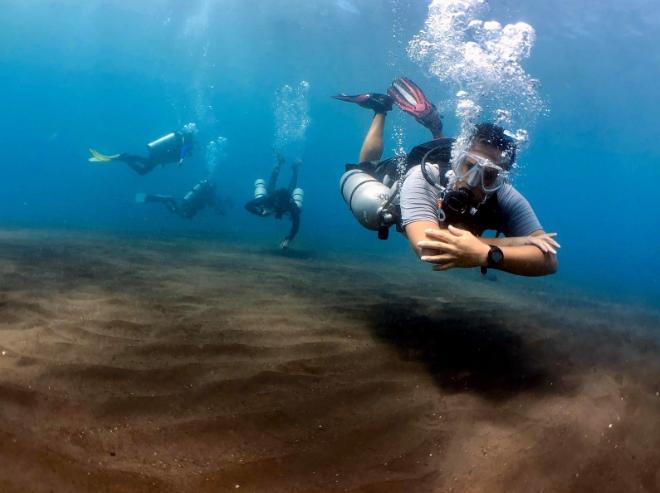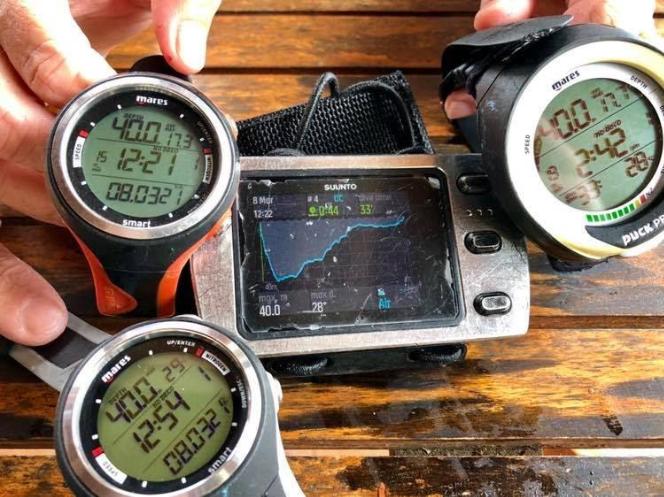PADI IDC Theory: Decompression Theory Part 1
History of the Decompression Theory, Recreational Dive Planner and Decompression Tables
Scuba diving limits were initially developed for U.S. navy divers, as they were some of the first to be at risk of decompression illness. U.S. Navy divers were typically aged 20-30, and all male.In this era, decompression theory was based largely on empirical evidence as opposed to bubble formation models. Information and methods of testing for the “bends”, as decompression sickness is frequently called, was limited. The test criteria were simply bends or no bends, and decompression times were very long (conservative), calculated as 12 hours for a diver to be completely “clean” or free of dissolved nitrogen.
Dr. Raymond Rogers recognized in the mid-1980s that the U.S. Navy decompression tables were inconvenient for recreational repetitive, no-decompression diving both in terms of surface intervals and estimations of nitrogen saturation. He began decompression tests with men and women of varying ages to compile a more comprehensive set of data on which to base a new, more accurate decompression table.
At the time, Doppler technology was beginning to contribute to emerging decompression theory, and Rogers was able to use it to detect small bubbles in the bloodstream in divers while working with Diving Science and Technology (DSAT) to develop the PADI Recreational Dive Planner (RDP) and multilevel dive planner (“The Wheel”, now available as the eRDPML). The new limits were tested to a maximum of 4 dives per day for 6 days, while more in-depth research allowed them to extend some bottom times and reduce surface intervals while simultaneously making the table more conservative at certain depths. Rogers lowered M-values (more on this later) to fit with recent Doppler data, as recommended by one of DSAT’s physicians. These values are now sometimes called the Spencer Limits.
The RDP was calculated based on fourteen theoretical compartments over the U.S. Navy’s six, providing more flexibility. Rogers and DSAT produced additional tables for EANx32, EANx36, and oxygen exposure (see gases and scuba diving).
Our PADI IDC programme covers a wide range of concepts behind Nitrogen saturation and Decompression Illness as information and research is always emerging. Join us in Bali to learn more!





